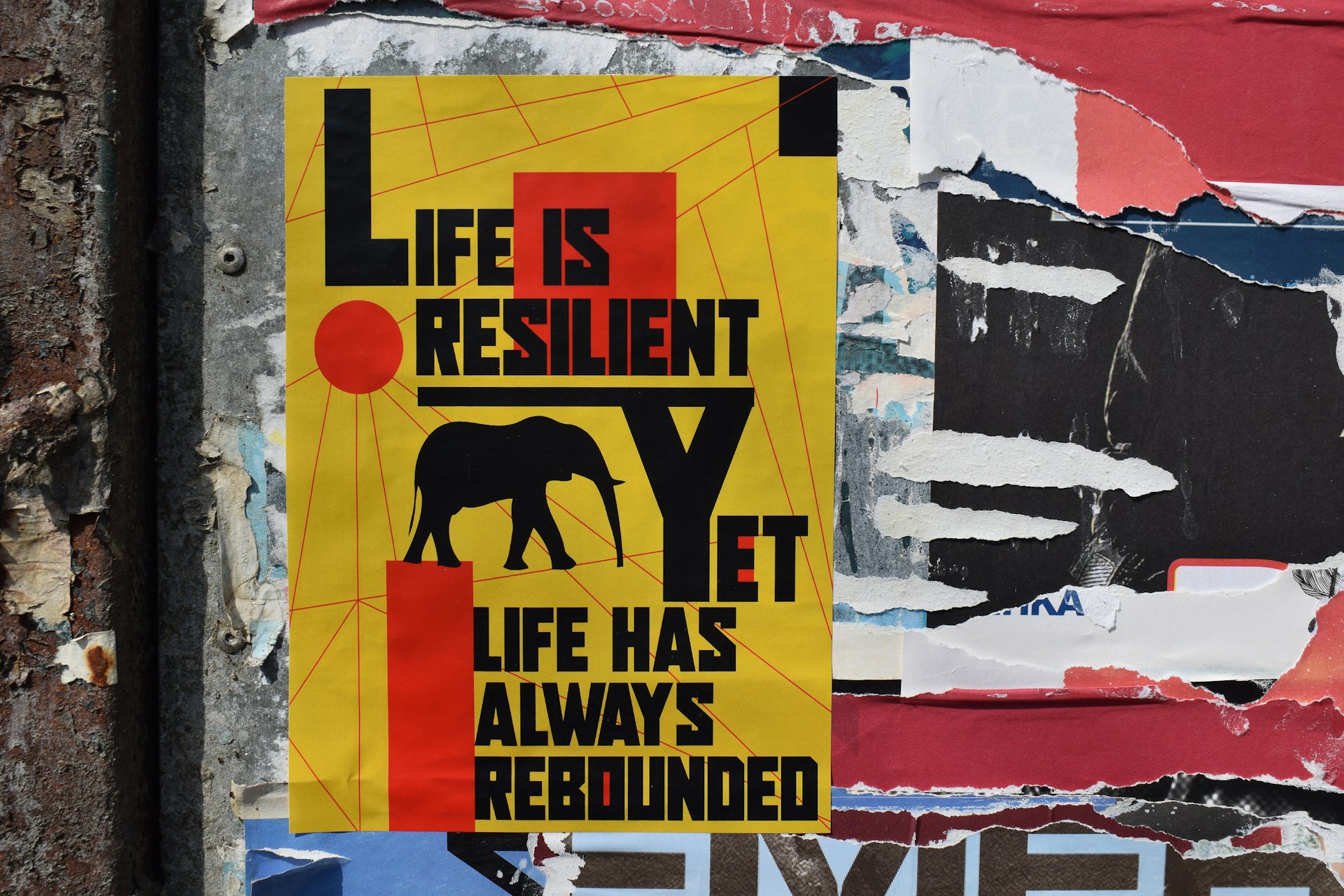Step Into the World: How Virtual Reality Travel Experiences Are Transforming Adventure, Planning, and Accessibility

Photo by Adrian Deweerdt on Unsplash
Introduction: The New Frontier of Travel
Imagine exploring the ancient streets of Rome, trekking the Grand Canyon, or relaxing on a secluded beach-all without leaving your living room. Virtual reality travel experiences are revolutionizing the travel industry, offering immersive journeys that were once limited by geography, mobility, or budget. Through interactive 360° tours, photorealistic environments, and real-time exploration, VR is not just changing how we dream about travel; it’s redefining how we plan, experience, and access global destinations [1] .

Photo by Vitaly Gariev on Unsplash
How Virtual Reality Enhances Travel Planning
Traditional travel planning often relies on photos, videos, and written reviews, which can sometimes misrepresent the true atmosphere of a destination. VR technology eliminates guesswork by allowing users to step into fully immersive, interactive environments. With headsets or even web-based VR platforms, travelers can preview hotel rooms, explore neighborhoods, and compare locations in 3D before booking. This ‘try-before-you-buy’ approach builds trust and confidence, with some hotels reporting a 135% increase in online reservations after deploying VR walkthroughs [1] .
To access these experiences, you can:
- Search for virtual tours on hotel and tourism websites. Many major chains now feature VR walkthroughs directly on their booking pages.
- Look for “virtual tour” or “360-degree experience” options when planning events or scouting locations.
- Use VR travel apps, such as Google Earth VR or Wander VR, to explore cities and landmarks from home [3] .
Immersive Experiences: Bringing Distant Worlds Closer
The power of VR lies in its ability to create a sense of presence-making you feel as if you’re truly somewhere else. Unlike flat images or videos, VR travel apps use photorealistic 3D environments, spatial audio, and interactive elements. For example, Google Earth VR allows users to fly over cities, zoom into streets, and even visit remote islands with stunning realism [3] . Apps such as Brink Traveler and YouVisit VR offer curated journeys, letting you walk through landscapes or tour hotels and cities in 360°.
To experience this level of immersion, you can:
- Purchase or rent a VR headset compatible with popular travel apps (Meta Quest, SteamVR, Oculus Rift).
- Download verified apps like National Geographic Explore VR or use platforms such as Wander VR for guided and self-directed adventures.
- Visit VR clubs or arenas in major cities to try group experiences and location-based adventures.
The cost of entry for basic VR travel experiences has dropped significantly, making it accessible to families, schools, and travel enthusiasts alike. Many apps offer free or low-cost trials, and some destinations provide browser-based VR tours without the need for expensive equipment.
Accessibility and Inclusion: Travel for Everyone
One of the most profound impacts of virtual reality in travel is its power to expand access . For individuals with mobility challenges, budget limitations, or health restrictions, VR opens up a world of possibilities. Seniors, people with disabilities, or those unable to travel long distances can now participate in immersive explorations that replicate the emotional and sensory experience of real travel [1] [4] .
To access inclusive VR travel experiences:
- Look for platforms and apps designed for accessibility, with adjustable controls and audio guides.
- Contact your local library or community center-many now offer VR travel programs for groups and individuals.
- Search for “VR travel experiences for seniors” or “accessible virtual tours” to locate specialized services.
For educators, VR can be a powerful teaching tool, bringing history, geography, and culture into the classroom. Museums and cultural institutions increasingly offer virtual field trips, allowing students to visit exhibits and landmarks from anywhere.
Industry Impact: How Brands and Destinations Are Using VR
Travel brands and tourism operators are rapidly adopting VR to differentiate their offerings and increase customer engagement. Hotels and resorts now use immersive walkthroughs to showcase their rooms and amenities, resulting in higher booking rates and stronger emotional connections with guests. Event planners leverage VR to scout venues and visualize setups remotely, saving time and travel costs [4] .
Case Study: The NH group in Spain offers 3D walkthroughs for all its properties, allowing guests to explore and select rooms with confidence. Matterport, a leader in virtual tour creation, reports a 14% increase in bookings when virtual walkthroughs are available [4] .
If you’re a travel professional or marketer, consider implementing VR by:
- Partnering with VR content creators to develop immersive tours of your destination or property.
- Adding 360-degree videos and virtual walkthroughs to your website and booking platform.
- Offering both VR and AR experiences for planning, marketing, and on-site engagement [5] .
For destinations, VR is a powerful channel to reach new audiences, especially as production costs continue to decrease and mainstream adoption grows.
Practical Steps to Get Started With Virtual Reality Travel
If you’re interested in exploring virtual reality travel experiences, here’s a step-by-step guide:
- Identify Your Interests: Decide what destinations, activities, or cultural experiences you want to explore. Search for “best VR travel apps” or “virtual tours of [destination]” to find options.
- Select Your Technology: Choose a VR headset (Meta Quest, Oculus Rift, HTC Vive) or use browser-based platforms for basic experiences. Many apps support standard smartphones with inexpensive viewers.
- Download Verified Apps: Install trusted apps like Google Earth VR, National Geographic Explore VR, Wander VR, or Brink Traveler. Only use apps from official app stores or reputable sources [3] .
- Join Community Programs: Visit local libraries, museums, or VR clubs for group travel experiences and expert guidance.
- Explore and Share: Start your journey, record your favorite moments, and share with friends or on social media. Many platforms allow you to invite others to join virtually.
If you encounter technical challenges, consult the app’s official support center or look for online forums dedicated to VR travel.
Potential Challenges and Alternative Approaches
While VR travel offers many benefits, there are some potential challenges:
- Technology barriers: Not all users have access to high-end VR headsets, but many experiences are available on smartphones or computers.
- Motion sickness: Some people may experience discomfort during immersive sessions. Start with short experiences and adjust settings as needed.
- Content limitations: Not all destinations or experiences are available in VR yet, but the selection is growing.
Alternative approaches include augmented reality (AR), which overlays digital information onto real-world environments using smartphones or tablets. AR can be a more accessible option for interactive travel guides and navigation tools [5] .
Summary: The Future of Travel Is Here
Virtual reality travel experiences are reshaping how we discover, plan, and enjoy global adventures. With immersive technology, realistic previews, and expanded access, VR empowers everyone-from families to professionals-to explore the world on their terms. As adoption grows and technology evolves, the possibilities for virtual travel will only expand, creating new opportunities for adventure, learning, and connection.
References
- [1] Rock Paper Reality (2024). How Virtual Reality is Reshaping Travel and Tourism.
- [2] HQ Software (2024). How Virtual Reality (VR) Can Improve Travel Experiences.
- [3] Anvio (2025). Best VR Travel Apps 2025: Google Earth VR & Virtual Reality.
- [4] Worth Magazine (2024). The Virtual Reality Travel Industry is Booming.
- [5] Regiondo (2024). Virtual Reality in Travel: 9 Applications for Tours.



